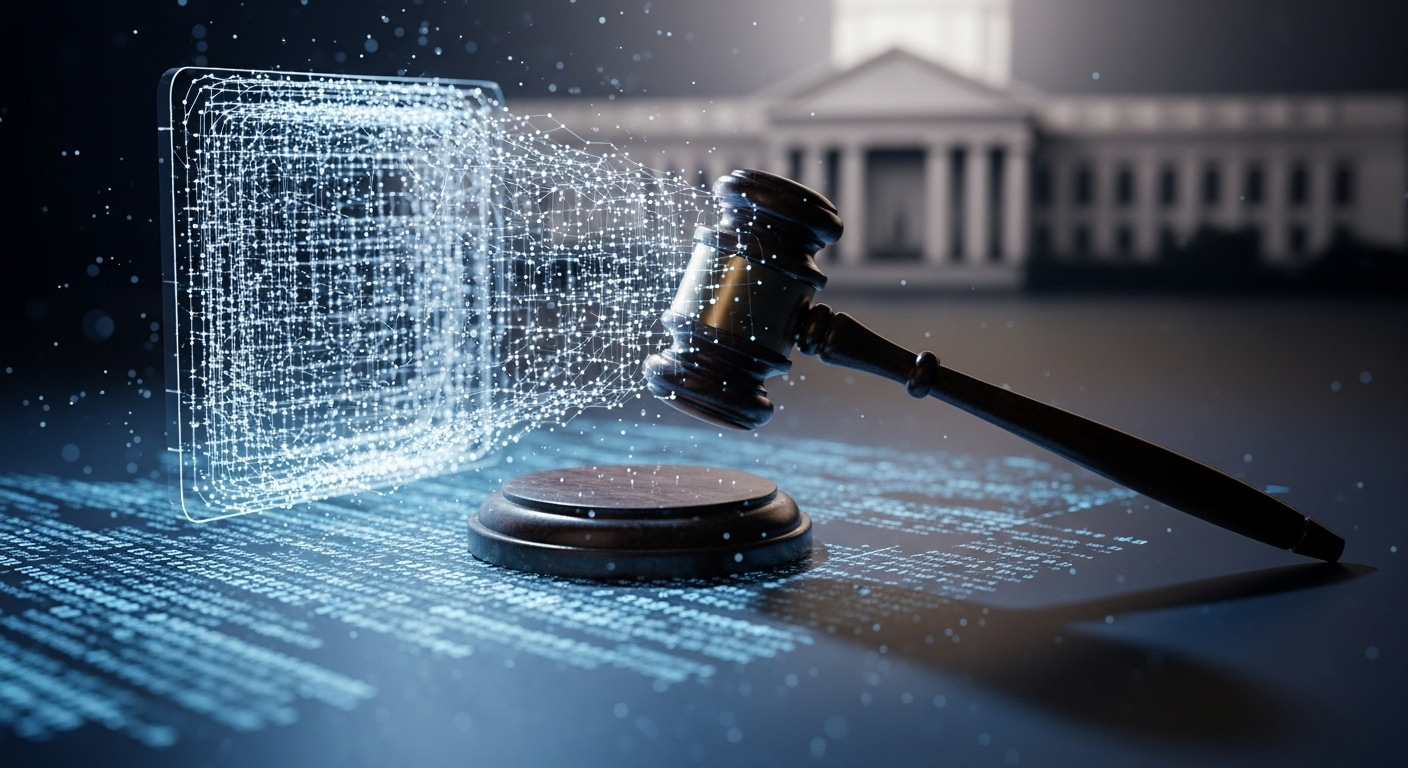How Digital Tools Are Reshaping Judicial Processes and Case Management
Digital tools are changing how courts operate, manage cases, and interact with the public. From automated docketing to secure document exchange, technology affects regulation, compliance, transparency, and rights protection across jurisdictions. This article outlines key effects, practical considerations, and governance issues relevant to courts and justice systems worldwide.

How do digital tools influence regulation and legislation?
Digital tools affect regulation and legislation by enabling faster analysis of case outcomes, trends, and regulatory impacts. Lawmakers and regulators can use data analytics to identify recurring legal problems and draft targeted reforms, while electronic consultation platforms can broaden participation in legislative processes. At the same time, lawmakers must consider how digital evidence standards, admissibility rules, and automation bias influence fairness and due process. Thoughtful updating of statutes and implementing rules is needed to maintain legitimacy as technological methods evolve.
How do courts use case management systems and administration?
Modern case management systems centralize filing, scheduling, document handling, and status tracking, reducing administrative overhead and improving case flow. Electronic filing and calendar integration help clerks and judges allocate resources more predictably and reduce delays caused by manual processing. These systems also support remote hearings and electronic evidence submission, changing day-to-day court administration. Successful deployment requires attention to user training, interoperability with legacy systems, and accessible interfaces for self-represented litigants to avoid widening access gaps.
How do digital tools support compliance and oversight in courts?
Compliance frameworks benefit from audit trails, access logs, and automated rule checks that flag procedural errors or missed deadlines. Oversight bodies can use these digital records to monitor adherence to ethical and procedural standards, improving accountability across institutions. However, oversight must guard against overreliance on automated flags and ensure human review remains central to decisions affecting rights. Establishing clear governance mechanisms for system updates, audits, and remediation processes helps balance efficiency with proper judicial oversight.
What is the impact on transparency and access to justice?
Digital platforms can increase transparency by publishing calendars, decisions, and procedural guides online, making court activity more visible to the public and media. Virtual hearings and online dispute resolution expand physical access to justice for people in remote areas or with mobility constraints. Yet transparency must be balanced with privacy and fair-trial concerns; overly broad publication of sensitive case data can harm litigant rights. Accessibility features and multilingual resources are important to ensure technology enhances rather than limits equitable access.
How do data protection and jurisdictional issues shape digital court systems?
Court systems handle sensitive personal and evidentiary data, so data protection measures—such as encryption, role-based access, and retention policies—are essential. Cross-border cases introduce jurisdictional complexity when data storage or services operate in different legal regimes, raising questions about applicable privacy rules and mutual legal assistance. Courts must coordinate with privacy regulators and adopt interoperable standards to manage transfers and law enforcement requests while protecting litigant rights and complying with treaties or international obligations.
How do policy, governance, and advocacy influence technology adoption?
Adoption of digital tools in justice systems is shaped by policy choices, governance structures, and stakeholder advocacy. Policies that prioritize open standards, vendor neutrality, and procurement transparency reduce vendor lock-in and support interoperability. Civil society and bar associations play a role in advocating for safeguards such as algorithmic transparency, nondiscrimination testing, and accessible design. Inclusive governance frameworks that involve judges, administrators, technologists, and community representatives lead to better-aligned systems and greater public trust.
Conclusion
Digital transformation in judicial processes and case management brings measurable gains in efficiency, record-keeping, and public visibility while raising important questions about rights, data protection, and equitable access. Careful legislative and regulatory updates, robust compliance and oversight, and inclusive governance are needed to ensure technology strengthens rather than undermines justice. Ongoing evaluation and iterative policymaking will help courts adapt responsibly within evolving legal and technological landscapes.





